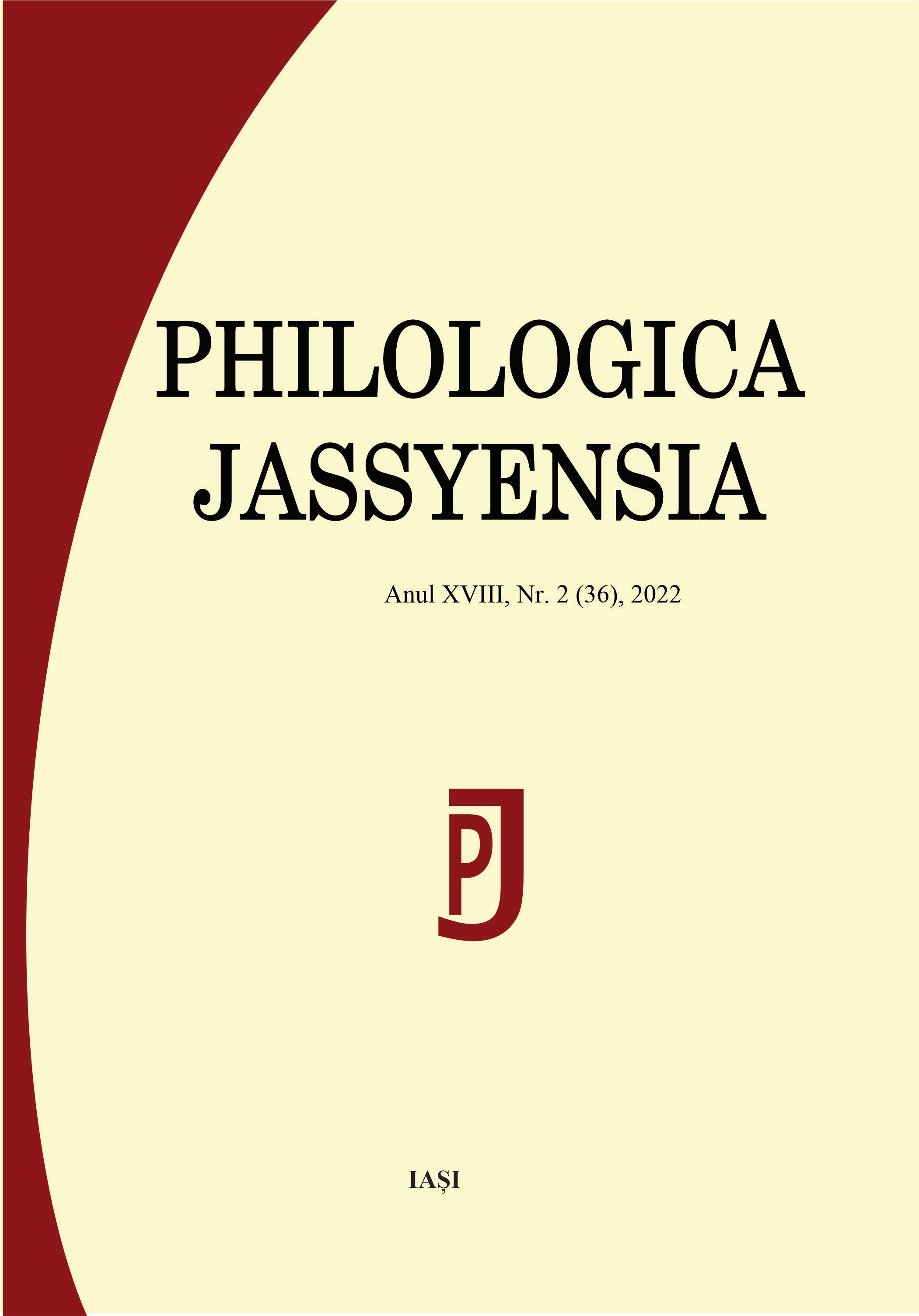Variations dans le marquage des cas obliques des noms féminins animés en roumain
Variations in Oblique Case Marking on Animate Feminine Nouns in Romanian
Author(s): Isabela NedelcuSubject(s): Phonetics / Phonology, Morphology, Semantics, Historical Linguistics, Philology
Published by: Editura Tracus Arte
Keywords: feminine nouns; animacy; oblique case; definite article inflection; variation;
Summary/Abstract: After briefly presenting the various analytical and synthetic strategies of oblique case marking in Romanian, the article describes the genitive-dative inflected forms of definite animate feminine nouns. It further examines the formal variation of animate and inanimate feminine nouns ending in -e and -ă in the nominative-accusative case that make the definite genitive-dative in -ei/-ii, depending on several factors: (i) the phonological features of the noun ending (a diphthong or a hiatus); (ii) the normative prescriptions and actual usages; (iii) other limitations, like the absence of a plural form, which is normally taken as a basis for genitive-dative formation, or speakers’ lack of knowledge of the plural form. Examples of such nouns are: ciocârlie ‘skylark’ – ciocârlieiG-D, duduie ‘young lady’ – duduiiG-D, nașă ‘godmother’ – nașeiG-D, mamaie ‘granny’ – mamaieiG-D, vătuie ‘baby goat/rabbit’ – vătuieiG-D, găzdoaie ‘goodwife’ – găzdoaieiG-D. Special attention is paid to the feminine animate nouns in -că and -gă, which display oblique case variants in -căi, -chii, -cii or -găi, -ghii, -gii, respectively. The study shows a correlation between the semantic-referential feature [±animate] and the morphological structure of the oblique case of feminine nouns, which hints at the animacy hierarchy of nouns. Hence, feminine proper nouns (the highest in the animacy hierarchy) which end in -că/-gă form the genitive-dative in -căi/-găi, according to normative prescriptions, or in -chii/-ghii in the colloquial register (Floricica – Floricicăi/FloricichiiG-D, Olga – Olgăi/OlghiiG D). The same applies to some kinship nouns in substandard local varieties (mamacă ‘mother’ – mamacăi/mamachiiG-D). From these two types of animate feminine nouns, the genitive-dative endings -căi/-găi extended, in non-standard usages, to nouns situated lower in the animacy hierarchy: ethnonyms (americancă ‘American woman’ – americancăiG-D), names of professions (astrologă ‘astrologer’ – astrologăiG-D) and [animate], [‒human] nouns (maimuțică ‘little monkey’ – maimuțicăiG-D).
Journal: Philologica Jassyensia
- Issue Year: XVIII/2022
- Issue No: 2 (36)
- Page Range: 109-122
- Page Count: 14
- Language: French

